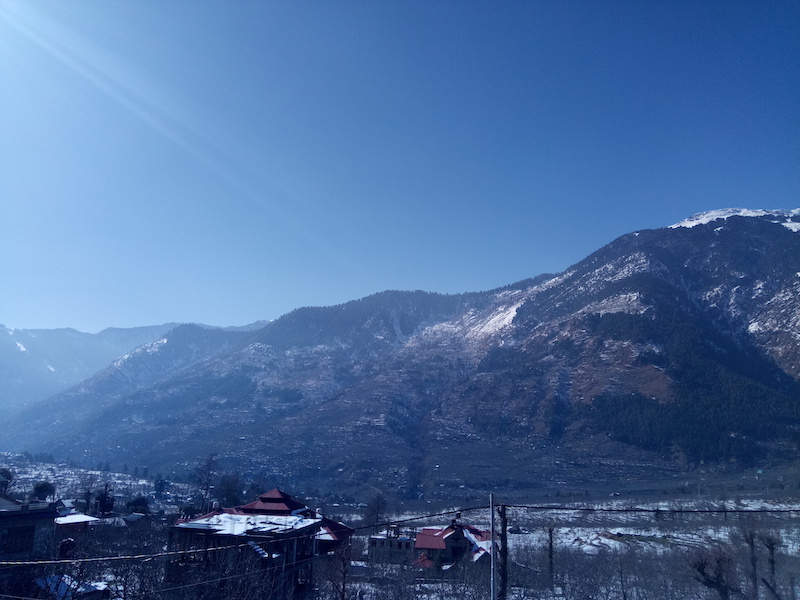Manali: With spring breaking out here and warmer temperatures just around the corner, snow will slowly melt away, releasing us from the clutches of winter. However, that’s not the only thing that the melting snow will release It was found that urban snow accumulates a toxic cocktail from vehicles emissions — pollutants that are in turn unleashed into the environment as the weather warms up.
Snow that is eagerly awaited for by the farming communities here, is also known to absorbs certain polycyclic aromatic hydrocarbons which are organic pollutants known to be toxic and carcinogenic
Understanding how these pollutants interact with the environment, including snow, is crucial if we are to reduce the hundreds of thousands of premature deaths caused by mild air pollution in snow bound areas of the country. Worldwide, air pollution claims as many as 8 million

When one goes outdoors in winter, and there is fresh snow, one can sense the air has a different smell — it usually smells ‘crisper’. Once the snow has been on the ground for some time, the effect goes away. When the weather warms up, the air acquires yet another smell. This is what scientists to wonder about how exactly snow interacts with air pollutants.
The scientists analyzed how snow takes up pollutants from vehicles emissions by exposing it to engine exhaust in a frozen glass sphere built in the lab. It was found that exhaust is affected differently by the cold and snow depending on the type of fuel injection in the engine.
The study found that snow takes up airborne particulate matter and alters the concentrations of different nanoparticles, the smallest particles found in air pollution. These tiny particles have been linked to numerous health problems. Unexpectedly, colder temperatures and interaction with snow increased the relative presence of smaller nanoparticles in the polluted air above the snow.
Once in the snowpack, air pollutants may undergo chemical transformations that create additional pollutants with different toxicity and carcinogenicity. Some compounds, including more toxic and carcinogenic chemicals, may volatilize back into the air, while others accumulate in the snow and are released with meltwater.
These releases could lead to a higher short-term concentration of certain pollutants in the air, soil and surface water bodies where the meltwater runs to revere.

Sanjay Dutta, an engineer by qualification but is a journalist by choice.
He has worked for the premier new agency Press Trust of India and leading English daily Indian Express.
With more than a decade of experience, he has been highlighting issues related to environment, tourism and other aspects affecting mountain ecology.
Sanjay Dutta lives in a village close to Manali in Kullu valley of Himachal.



